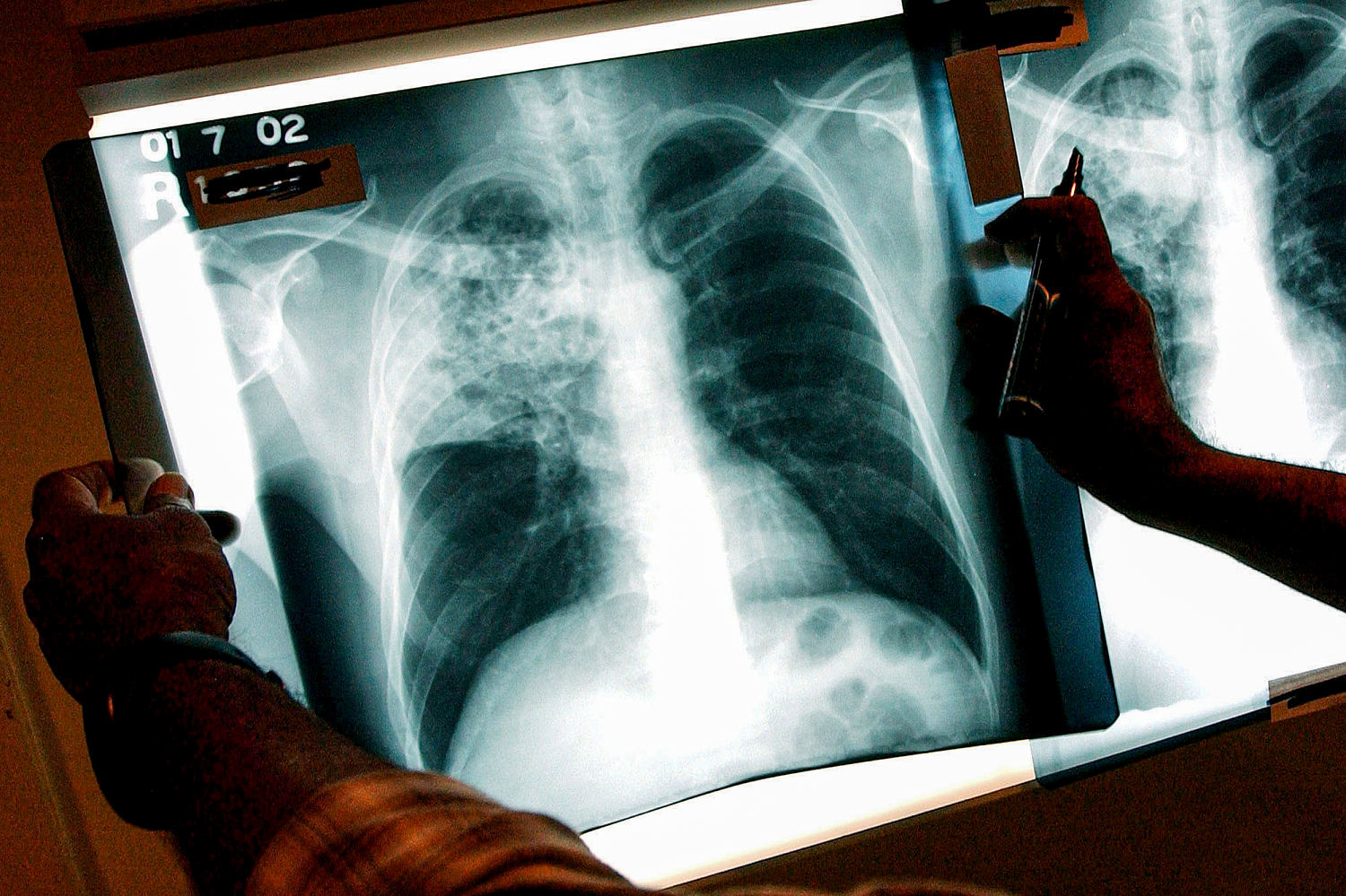The FDA is advising consumers not to eat and restaurants and food retailers not to serve or sell and to dispose of Lots B231126, B240103, and B240214 of frozen, raw, half-shell oysters processed by JBR (KR 15 SP) in Tongyeongsi, Republic of Korea on Nov. 27, 2023, Jan. 4, 2024,… Continue Reading Food Recalls, World, imported oysters, JBR, norovirus, oysters Food Safety News
The FDA is advising consumers not to eat and restaurants and food retailers not to serve or sell and to dispose of Lots B231126, B240103, and B240214 of frozen, raw, half-shell oysters processed by JBR (KR 15 SP) in Tongyeongsi, Republic of Korea on Nov. 27, 2023, Jan. 4, 2024, and Feb. 15, 2024, and shipped to distributors in California because they may be contaminated with norovirus.
Frozen oysters have a long shelf life, so the FDA is recommending that restaurants, other businesses and consumers check their freezers for the implicated oysters.
Also, JJBR (KR-15-SP) Tongyeong, Republic of Korea (ROK) is recalling frozen half-shell oysters with lot number B231227 because they may be contaminated with norovirus.
The recalled oysters were harvested from ROK Designated Area No. 1 on Dec. 27, 2023. They were processed by JBR (KR-15-SP) in Tongyeong, ROK on Dec. 28, 2023, as frozen half-shell oysters, with lot number B231227.
These oysters were distributed by Khee Trading, Inc. (Compton, CA), which is also recalling these oysters. It is believed that these frozen oysters were further distributed to numerous locations in other states.
On May 15, 2024, JC Foods Inc., of Salt Lake City, UT initiated a voluntary recall of frozen half shell oysters, lot number B231227, that had been distributed to their retail customers in Utah.
Retailers should not serve or sell, and consumers should not eat frozen half-shell oysters with lot number B231227 that were processed by JBR of ROK on 12/28/2023, and distributed to restaurants and retailers in California, Colorado, Nevada, New Jersey and Utah. Additional distribution may have occurred, and the states are continuing to conduct trace forward investigations. The FDA is assisting with and coordinating interstate notification efforts as a result of the states’ investigations.
Symptoms of norovirus infection may include vomiting and/or diarrhea, nausea, muscle aches, fever, and headache, according to the Centers for Disease Control and Prevention. Symptoms typically start 12 to 48 hours after exposure and can last for one to three days. Most people recover without treatment, however some may need medical attention for dehydration.
People with norovirus infections can spread the infection easily to others. The virus can live o n surfaces for long periods of time.
To prevent others from getting sick always wash hands carefully with soap and warm water after using the bathroom or changing diapers. Use soap and water to clean toilets or other areas that may be soiled with stool or vomit. Hard surfaces can be disinfected with 1/3 cup household bleach mixed with one gallon of water – always wear gloves when handling bleach-based cleaners. Wash soiled clothing and bedding in hot water and detergent. Soft surfaces that cannot be laundered can be steam cleaned.
(To sign up for a free subscription to Food Safety News,click here)








